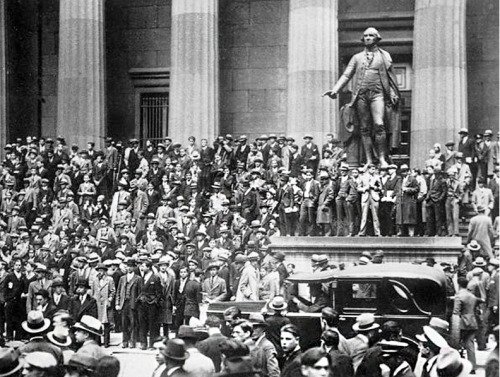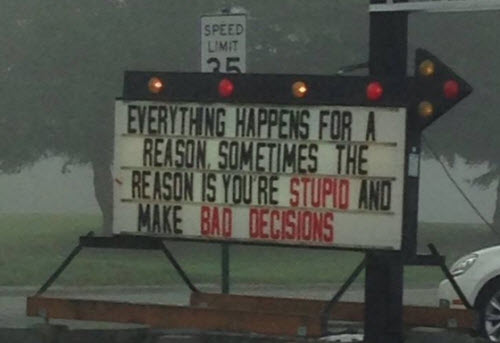Bubbles are always obvious … in retrospect.
Here’s one you might not see coming.
The Car Bubble.
People are taking out eight-year car loans.
This is – or ought to be – alarming. The automotive equivalent of the zero-down, no-doc, adjustable rate mortgage on a $500,000 McMansion circa 2004.
You know – just before the housing bubble popped.
New car loans used to be 36 months (three years) and then 48 months (four years). Back when the economy was sane.
Today, the typical new car loan is 72 months (six years). This is almost double the formerly typical length of a new car loan.
But even that is not – apparently – enough to keep the music playing.
Enter the eight-year loan.
Which might be ok, if cars were not appliances.
Very expensive toasters, basically.
Though modern cars are longer-lived than the cars of the past, they are – like any other appliance – something you eventually throw away because eventually, it will wear out. Or cost too much to fix – relative to the value of the car itself.
This is why cars always decline in value over time. It is the nature of the thing.
With an eight-year loan, the odds are high that it will begin to wear out – and cost you money to fix – before you’ve paid the thing off.
Then you’ll have a car payment and repair payments.
On a car that’s not worth very much anymore.
Are people stupid?
Desperate?
Or, on dope?
Actually, they are on credit – and debt.
Stretching out the loan from four to six (and now eight) years is a way to make a car you can’t afford seem affordable. To hide from view just how much a new car really costs.
Consider:
The average price paid for a new car this year was about $35k, a record high. The year prior, it was $33k.
…click on the above link to read the rest of the article…














